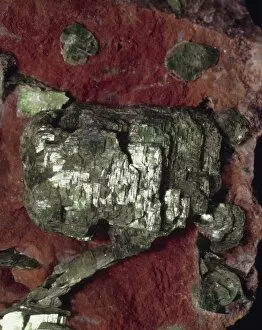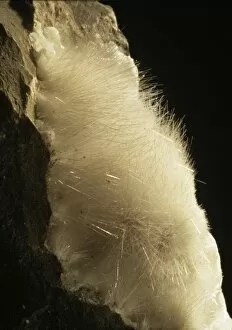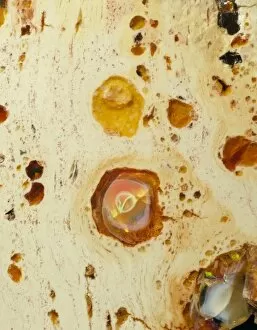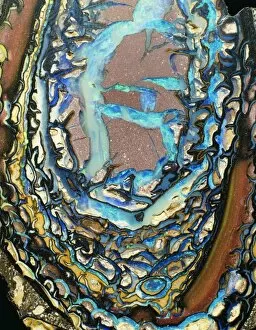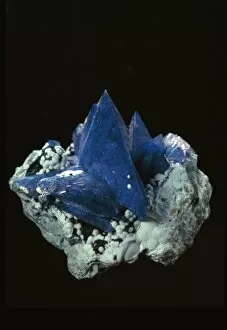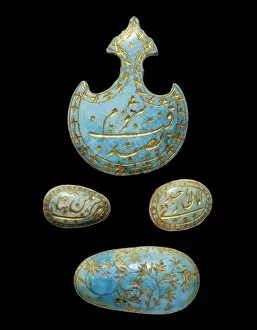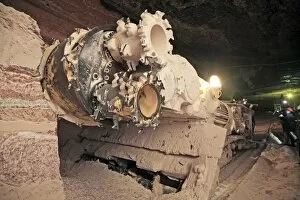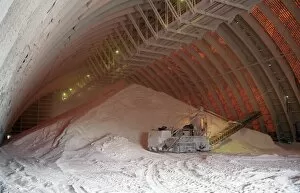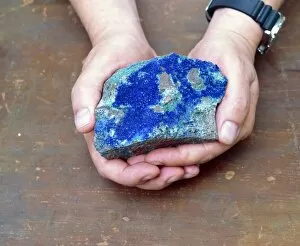Hydrated Collection (#2)
"Discover the Beauty of Hydration: Gems, Minerals, and History" Opal gem with opal rock: A mesmerizing display of shimmering colors
All Professionally Made to Order for Quick Shipping
"Discover the Beauty of Hydration: Gems, Minerals, and History" Opal gem with opal rock: A mesmerizing display of shimmering colors, this opal gemstone reminds us of the refreshing essence of hydration. Turquoise: Known for its vibrant blue-green hue, turquoise symbolizes tranquility and rejuvenation - just like a cool sip of water on a hot summer day. Chalcopyrite with Malachite, East Pool Mine, Illogan, Cornwall, England: These stunning mineral formations showcase nature's ability to create intricate patterns that resemble flowing water - a testament to the importance of staying hydrated. Malachite, North Wheal Basset, Illogan, Cornwall, England: With its rich green hues reminiscent of lush foliage after rainfall, malachite serves as a reminder to replenish our bodies with essential fluids. Torbernite on Quartz from Wheal Basset in Cornwall: This captivating combination captures the essence of hydration through its crystal-clear quartz and torbernite's radiant green color resembling fresh sprouting leaves after being nourished by rainwater. Malachite from Wheal Husband in Sticker: The deep emerald tones found in this malachite specimen evoke images of verdant landscapes thriving under constant hydration – an inspiration to keep ourselves well-watered too. Three British soldiers pictured at horse stables in Hull area: As these soldiers tend to their horses' needs for sustenance and care during wartime conditions in England's Hull area; it reminds us how crucial it is for humans also to prioritize proper hydration for optimal performance and well-being. Limonite (Picture No. 11091688): This earthy brown mineral showcases the transformative power that water holds over time – just as we need regular hydration to maintain our vitality throughout life's journey. Picture No. 11050173.

